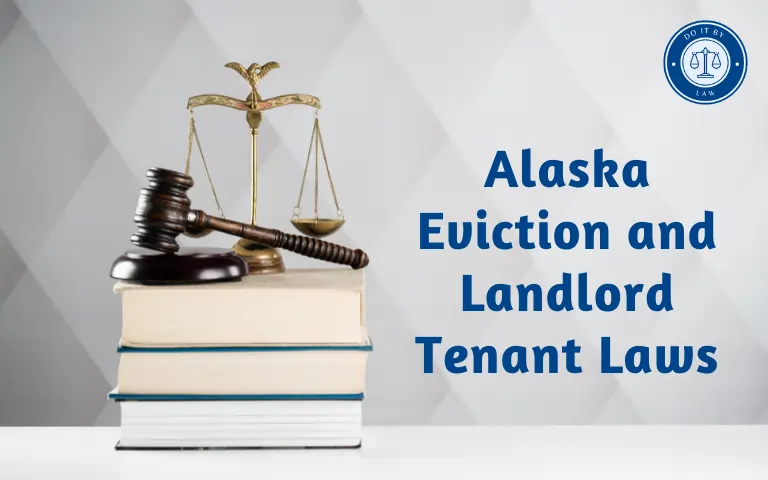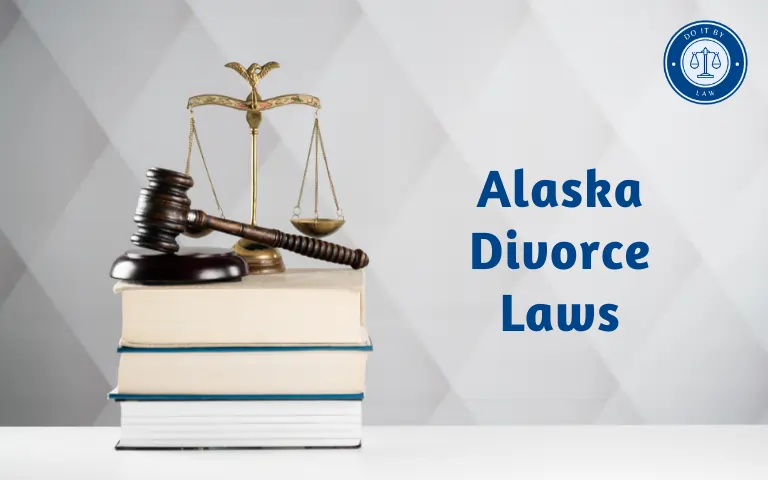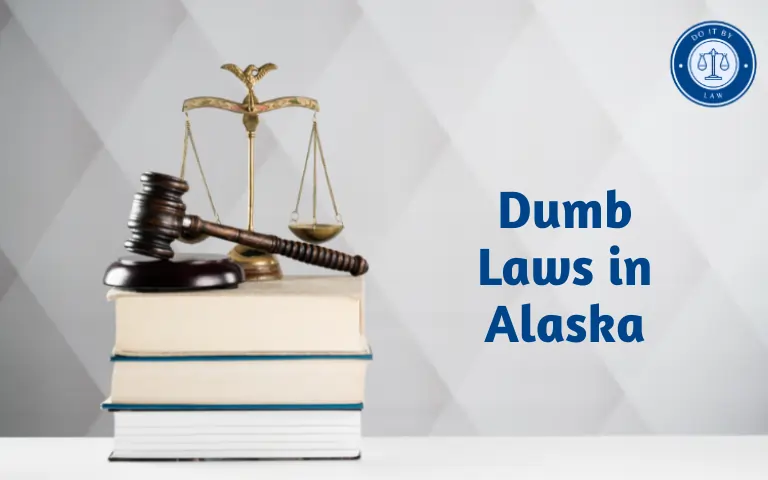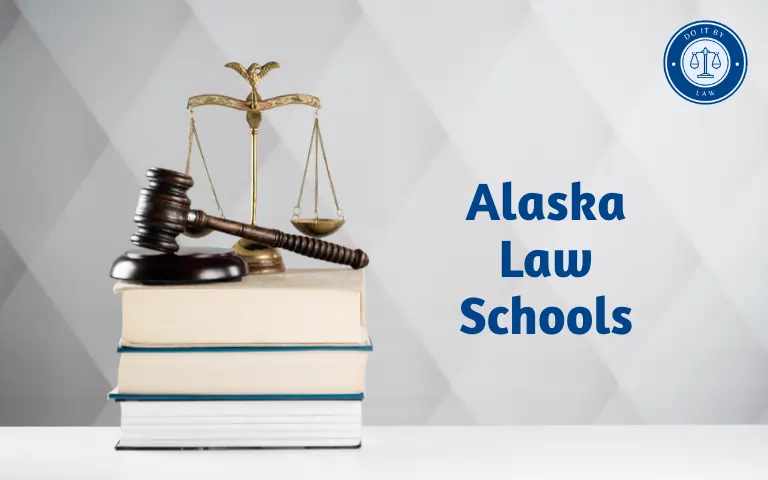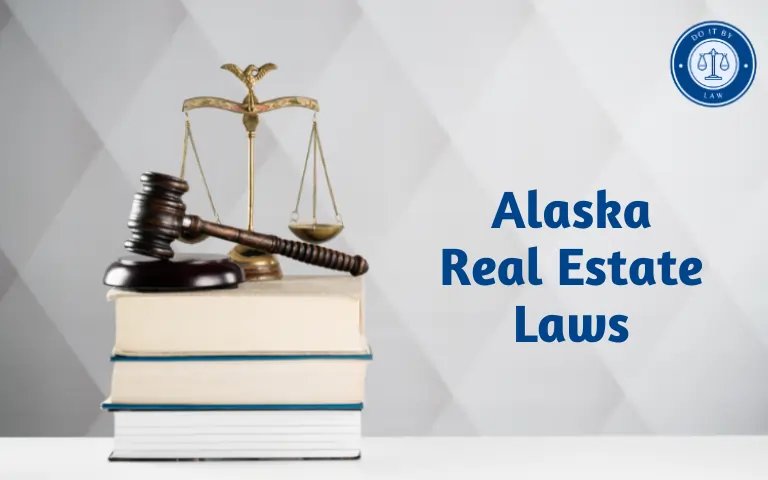Alaska Eviction and Landlord Tenant Laws: What You Need to Know
Ready to legally mush your tenant out like an angry moose fleeing fire or facing your own compromised housing as temperatures plunge? Make sure you understand Alaska’s complex statutory eviction processes covering unique landlord-tenant relationships across America’s snowiest state.
Here we’ll cover key notices, timelines, restrictions, and procedures so your housing future shines bright as summer solstice sunlight at midnight in Barrow.
Alaska Eviction Laws
Alaska eviction laws follow a specific process intended to protect both tenants and landlords. Here’s a breakdown of the key points:
Grounds for Eviction:
A landlord can only evict a tenant for specific reasons, known as “just cause.” These include:
- Non-payment of rent: Tenants typically have at least 7 days to pay rent after it’s due before the landlord can start eviction proceedings.
- Violation of the lease agreement: This could include breaking other rules outlined in the lease, like causing property damage or engaging in illegal activities.
- Nuisance or disturbance: Excessive noise, disturbing other tenants, or creating a general nuisance can be grounds for eviction.
- Holding over after the lease ends: If the tenant stays beyond the lease term without making new arrangements with the landlord, they can be evicted.
- Other specific reasons: Under certain circumstances, landlords can also evict for drug activity, prostitution, or using the property for illegal purposes.
Eviction Process:
1. Notice of Termination:
The landlord must first serve the tenant with a written notice of termination, explaining the reason for eviction and the time the tenant has to remedy the issue or move out. The required notice period depends on the reason for eviction:
- 7 days for non-payment of rent
- 10 days for most other lease violations
- 5 days for illegal activity
- 30 days for month-to-month tenancies
2. Filing a lawsuit: If the tenant doesn’t comply with the notice, the landlord can file an eviction lawsuit with the court.
3. Court hearing: A court hearing will be scheduled, where both the landlord and tenant have the opportunity to present their case.
4. Judgment and order of eviction: If the court finds in favor of the landlord, they will issue an order of eviction. This document gives the tenant a specific deadline to move out.
5. Writ of assistance: If the tenant still doesn’t vacate the property after the deadline, the landlord can ask the court for a writ of assistance. This allows the sheriff or other law enforcement officer to forcibly remove the tenant and their belongings from the property.
Tenant Rights:
Tenants have certain rights during the eviction process. They can:
- Challenge the grounds for eviction in court
- Pay back the late rent and any fees to avoid eviction
- Seek legal counsel or assistance from organizations like tenant unions
When Did Alaska Eviction & Landlord Tenant Laws Originate?
Modern eviction rules evolved as Alaska matured, but landlords maintained common law powers from early settlement eras to remove troublesome lodgers without court interference. However, updated statutes requiring notices, hearings, and access to remedy violations better protect vulnerable tenants against arbitrary lease terminations or self-help lockouts.
Who’s Covered Under Alaska Eviction & Landlord Tenant Laws?
Beyond exclusion rules, Alaska’s landlord-tenant code shovels rights and responsibilities onto property managers and occupants in qualifying premises statewide ranging from urban high rises to remote wilderness cabins. Statutory coverage hinges on residency thresholds, not necessarily the presence of formal leases. However certain owner-adjacent shares and transitional housing programs allow looser constructs by mutual agreement.
Key Alaska Eviction & Landlord Tenant Laws Act Provisions
Ready to plunge into Alaska’s landlord-tenant acts covering security deposits, habitability standards, lease breaking, and other internecine housing fights colder than Interior winter nights? Sharpen your skates for this icy overview:
Eviction Notice Types & Minimums
- Pay rent within 7 days or comply with the lease in 10 days to avoid forfeiture proceedings.
- Month-to-month without cause requires 30 days advance notice before termination.
- Breaches allow shorter periods but conditions must threaten health/safety.
Post-Notice Procedures
If no payment or satisfactory cure after the statutory notice window closes, the landlord files a court-ordered summons and a hearing to show cause against tenant petition contesting accusations.
Defenses Against Alaska Eviction & Landlord Tenant Laws
- Full payment/compliance prior to the hearing protects occupancy immediately. Later statutory redemption is also possible.
- Substandard conditions, retaliation for asserting rights, discrimination also potential eviction fight bases to raise at hearings or file separate claims over.
Forcible Self-Help Lockouts & Seizures
Alaska State laws completely prohibit landlords from physically denying entry, removing possessions, interrupting vital services, threatening/harassing, or otherwise forcing tenants to leave without a court order once the statutory minimum notice expires.
Penalties for Alaska Eviction & Landlord Tenant Laws
Think trampling tenant rights or ignoring housing quality mandates no big deal up in the Great White North freedom frontier? Reconsider! Alaska regulations bite non-compliant property owners with tenant reimbursement for all movable losses/temporary lodging; up to 3 months rent statutory damages; attorney fee awards; potential fines up to $1000 per infraction; and misdemeanor criminal charges for harassment/illegal evictions elevating up to felony tier after multiple offenses! Sure you don’t want the trip to Governor’s Mansion instead with a behavioral lease addendum offer?
Recent Changes & Proposed Eviction Rule Modifications
2020’s eviction moratoriums across Alaska and subsequent 2021 SB179 landlord relief fund infusions brought temporary extraordinary measures during peak COVID uncertainty. Expect revived debate about speeding disposition of low-level cases without diminishing renters’ rights. But sweeping reforms remain unlikely given split government control and adequacy of current statutes balanced for Alaska’s unique conditions when properly enforced.
Ongoing Disputes & Open Issues on Alaska Eviction & Landlord Tenant Laws
Eternal tensions persist around balancing property owners’ rights limiting deadbeat tenants destroying housing investments that underpin everyone’s access against renters’ need for stable shelter free from retaliation for complaining or arbitrary displacement stemming gentrification pressures. Achieving compromise legislation acknowledging these realities while effectively deterring slumlords may require more innovative measures like housing courts, community mediation expansion, star-rating systems, and alternative transitional options in select scenarios instead of a traditional night-in-jail ultimatum.
Alaska Eviction & Landlord Tenant Laws Key Takeaways
Whoosh! This whips at breakneck speeds from tenant defaults to restorations faster than the Arctic’s own Hurricane Force blizzards! But evicting Alaska renters without crossing thin ice requires meticulous recordkeeping, proper notices fitting unique lease situations, cautious court proceedings, and strict avoidance of extrajudicial lockouts or utility interruptions without orders. Achieve prudent, compassionate compliance and respect universal sheltering challenges, especially during long winters. Everyone desires simple peace and basic dignity.

